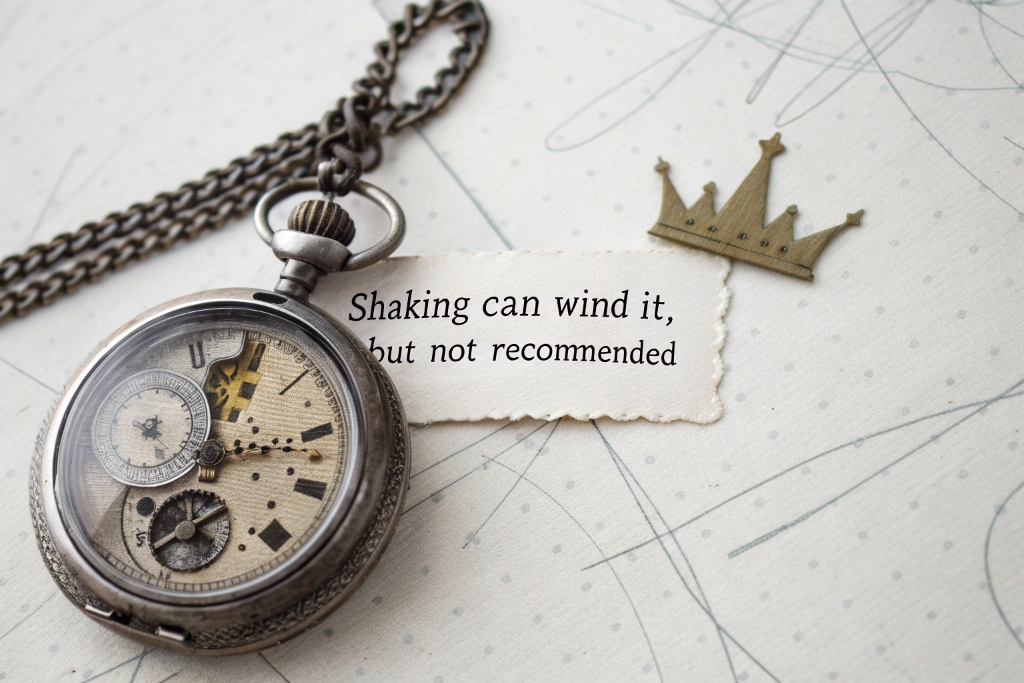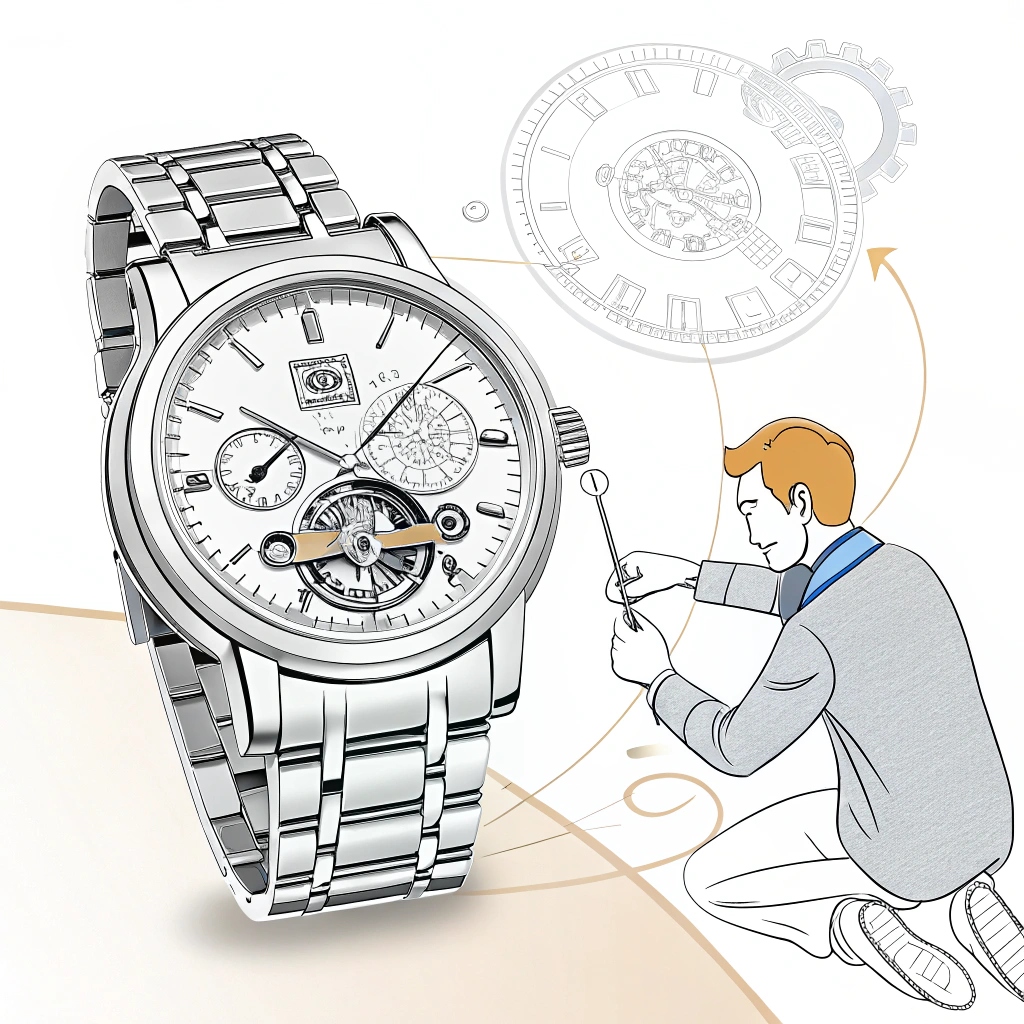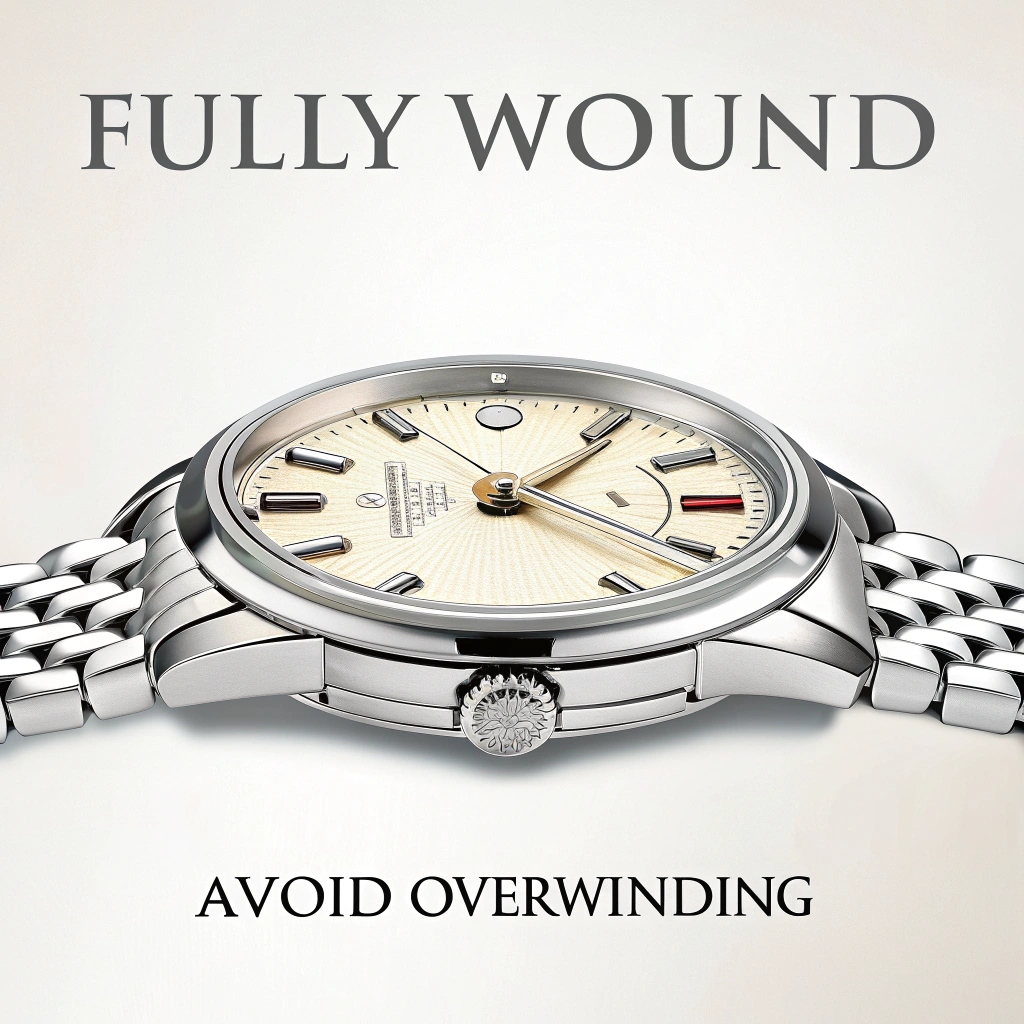
How long does it take to fully wind an automatic watch?
Do you have an automatic watch? Are you wondering how long it takes to wind it fully? It’s a common question for watch enthusiasts.
It usually takes about 30 to 40 rotations of the crown to fully wind an automatic watch. However, the exact number can vary depending on the watch model and its power reserve.
Knowing how to wind your automatic watch is key. So, let’s dive deeper and explore the specifics.
How much movement does it take to fully wind an automatic watch?
Are you curious about how much movement your automatic watch needs to wind fully? It’s all about understanding the rotor and its efficiency.
The amount of movement required to fully wind an automatic watch varies. It depends on the watch’s design and your activity level. Generally, wearing it for 8 hours a day should provide enough movement.
Let’s get into the details. Some watches are more efficient than others. This means they need less movement to reach full power. Your daily activities play a big role. If you’re mostly sitting, your watch might not wind as much. If you’re active, it will wind more quickly. Also, the watch’s power reserve matters. A watch with a longer power reserve might need more movement to fully wind.
To ensure your automatic watch stays wound, wear it regularly. If you’re not active enough, consider using a watch winder. This device simulates the movement of wearing the watch. It keeps the watch wound and ready to wear. I’ve found that using a watch winder is very helpful for my watches. It saves me the trouble of manually winding them. Plus, it keeps them accurate.
How do I know when my automatic watch is fully wound?
Want to know if your automatic watch is fully wound? It’s important to avoid overwinding.
Most automatic watches are designed to prevent overwinding. Once fully wound, the mainspring will slip, preventing damage. However, it’s best to avoid excessive manual winding. You can tell it’s fully wound when you feel increased resistance when winding the crown.

Here’s what I do. First, I wind the watch manually until I feel some resistance. This indicates that the mainspring is getting close to its maximum capacity. Then, I wear the watch. As I move, the rotor winds the watch further. Most modern automatic watches have a mechanism that stops them from overwinding. This is a safety feature that protects the watch’s movement.
However, some older or less expensive models might not have this feature. For these watches, it’s especially important to be careful. Pay attention to the feel of the crown as you wind it. If you’re unsure, it’s better to err on the side of caution. Avoid forcing the crown once you feel resistance. A watch winder can also help prevent overwinding. It keeps the watch wound without the risk of manual error.
Can I overwind an automatic watch?
Worried about overwinding your automatic watch? It’s a valid concern for watch owners.
Most modern automatic watches have a mechanism to prevent overwinding. When the mainspring is fully wound, it slips. This prevents any damage from further winding. However, older or very cheap models might not have this feature.

Let’s talk about the details. Overwinding used to be a problem with older watches. But today, most automatic watches have a built-in safety feature. This feature, called a slipping clutch, prevents the mainspring from breaking. When the watch is fully wound, the clutch allows the spring to slip. This stops any additional tension from building up. So, you don’t have to worry about damaging the watch by winding it too much.
However, if you have an older or a very inexpensive automatic watch, it might not have this feature. In that case, you need to be more careful. Wind the watch until you feel resistance, and then stop. Don’t force it any further. Overwinding these types of watches can damage the mainspring. If you’re not sure whether your watch has a slipping clutch, consult the watch’s manual. Or, ask a professional watchmaker.
Does shaking an automatic watch wind it?
Wondering if shaking your automatic watch is a good way to wind it? Let’s find out.
Yes, shaking an automatic watch can wind it to some extent. However, it’s not the most efficient or recommended method. Shaking the watch causes the rotor to spin, which in turn winds the mainspring.

Here’s why it’s not ideal. Shaking the watch is not as effective as wearing it or manually winding it. The movement from shaking is often erratic and doesn’t provide a consistent winding action. This means the watch might not get fully wound. Also, excessive shaking could potentially damage the delicate components of the watch.
Instead, I suggest wearing the watch regularly. This allows the rotor to wind the mainspring naturally as you move. If you haven’t worn the watch for a while, manually wind it by turning the crown. This gives the watch a good start. Then, wear it to keep it wound. Using a watch winder is another great option. It simulates the natural movement of wearing the watch. This keeps it wound and ready to go without any risk of damage from shaking.
Conclusion
Winding an automatic watch correctly is key to keeping it running well. Whether you wind it manually, wear it daily, or use a winder, understanding the process ensures your watch stays accurate and in good condition.
You may also be interested in:

What Happens If You Leave Your Watch on a Winder?
Are you curious about using a watch winder? Maybe you are worried about the effects

What is a watch winder?
Are your automatic watches always stopping? Resetting the time and date constantly is frustrating. A